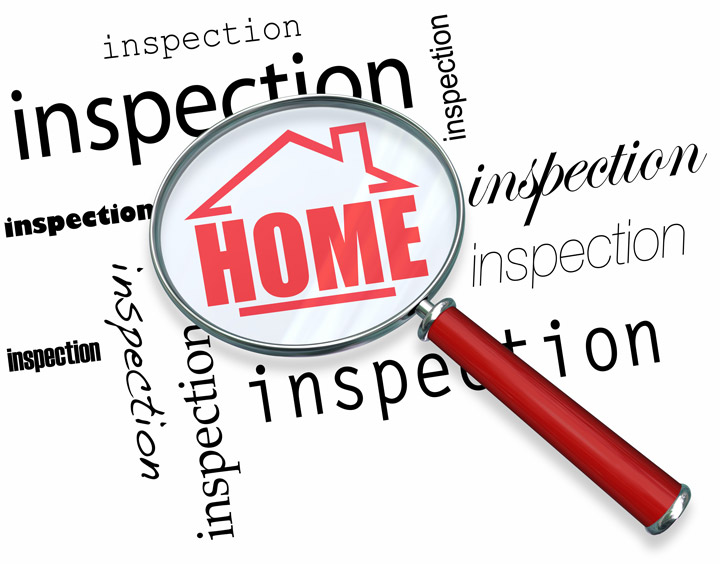What Are the Parts of an Appraisal?Their home's purchase can be the biggest transaction most of us will ever encounter. It doesn't matter if a main residence, a seasonal vacation property or one of many rentals, the purchase of real property is a complex transaction that requires multiple people working in concert to pull it all off. Most of the people involved are quite familiar. The most known face in the transaction is the real estate agent. Next, the lender provides the financial capital required to finance the exchange. And the title company makes sure that all areas of the transaction are completed and that the title is clear to pass from the seller to the buyer. So, who's responsible for making sure the property is worth the purchase price? In comes the appraiser. We provide an unbiased opinion of what a buyer might expect to pay — or a seller receive — for a parcel of real estate, where both buyer and seller are informed parties. A licensed, certified, professional appraiser from Theresa Misyak, SCRREA will ensure, you as an interested party, are informed. Inspecting the subject propertyOur first task is to inspect the property to ascertain its true status. We must see features hands on, such as the number of bedrooms and bathrooms, the location, amenities, etc., to ensure they truly are there and are in the shape a reasonable person would expect them to be. The inspection often includes a sketch of the house, ensuring the square footage is correct and conveying the layout of the property. Most importantly, the appraiser identifies any obvious amenities - or defects - that would affect the value of the house. Following the inspection, we use two or three approaches to determining the value of the property: a paired sales analysis, a replacement cost calculation, and an income approach when rental properties are prevalent. 
Cost ApproachHere, the appraiser pulls information on local construction costs, labor rates and other elements to determine how much it would cost to construct a property nearly identical to the one being appraised. This value commonly sets the upper limit on what a property would sell for. It's also the least used method. 
Paired Sales AnalysisAppraisers are intimately familiar with the neighborhoods in which they appraise. They thoroughly understand the value of certain features to the homeowners of that area. Then, the appraiser looks up recent transactions in close proximity to the subject and finds properties which are 'comparable' to the real estate in question. By assigning a dollar value to certain items such as upgraded appliances, extra bathrooms, additional living area, quality of construction, lot size, we adjust the comparable properties so that they more accurately portray the features of subject property.
Once all necessary adjustments have been made, the appraiser reconciles the adjusted sales prices of all the comps and then derives an opinion of what the subject could sell for. When it comes to putting a value on features of homes in Kearny and Hudson, Theresa Misyak, SCRREA can't be beat. The sales comparison approach to value is typically awarded the most weight when an appraisal is for a home sale. Valuation Using the Income ApproachA third method of valuing real estate is sometimes used when a neighborhood has a measurable number of renter occupied properties. In this scenario, the amount of income the property generates is factored in with other rents in the area for comparable properties to determine the current value. Putting It All TogetherCombining information from all applicable approaches, the appraiser is then ready to state an estimated market value for the property in question. It is important to note that while the appraised value is probably the best indication of what a house is worth, it probably will not be the price at which the property closes. Depending on the individual situations of the buyer or seller, their level of urgency or a buyer's desire for that exact property, the closing price of a home can always be driven up or down.But the appraised value is typically employed as a guideline for lenders who don't want to loan a buyer more money than they could get back in case they had to sell the property again. It all comes down to this, Theresa Misyak, SCRREA will guarantee you get the most fair and balanced property value, so you can make the most informed real estate decisions. |